site search
online catalog
18th CONNECTICUT IDENTIFIED ENLISTED INFANTRYMAN’S FROCK COAT WITH DISCHARGE, PENSION PAPERS, ETC.
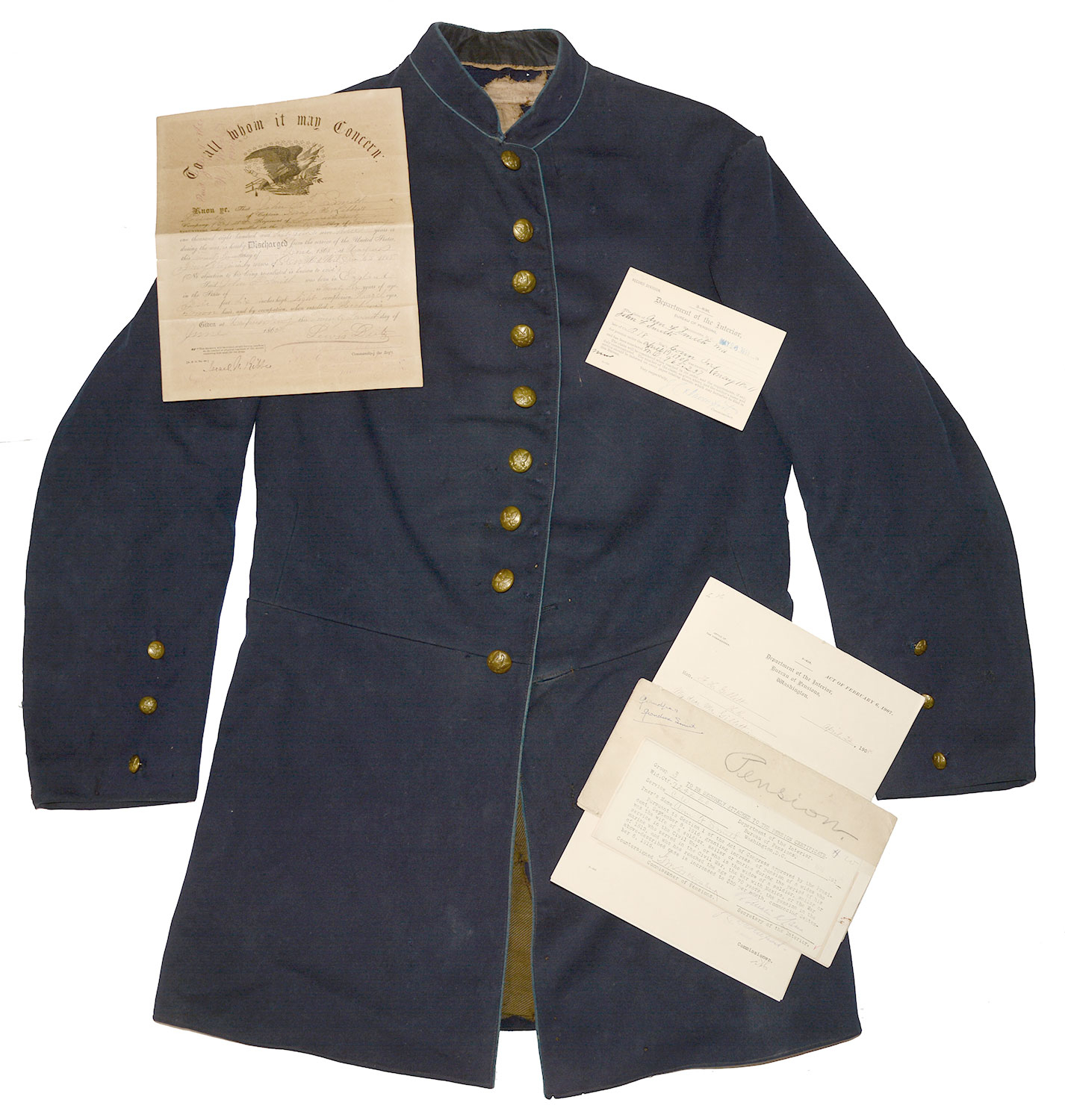
Hover to zoom

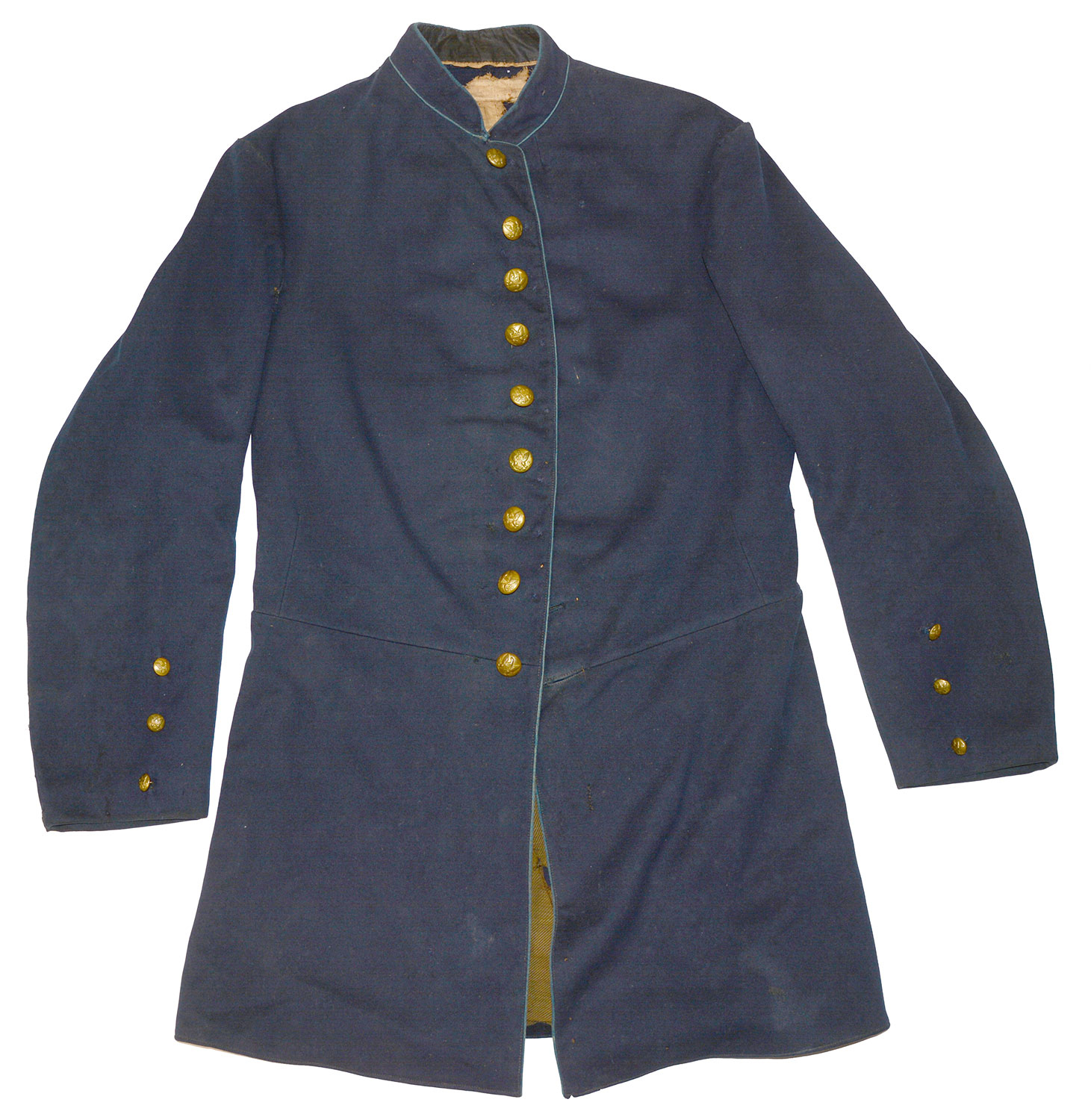
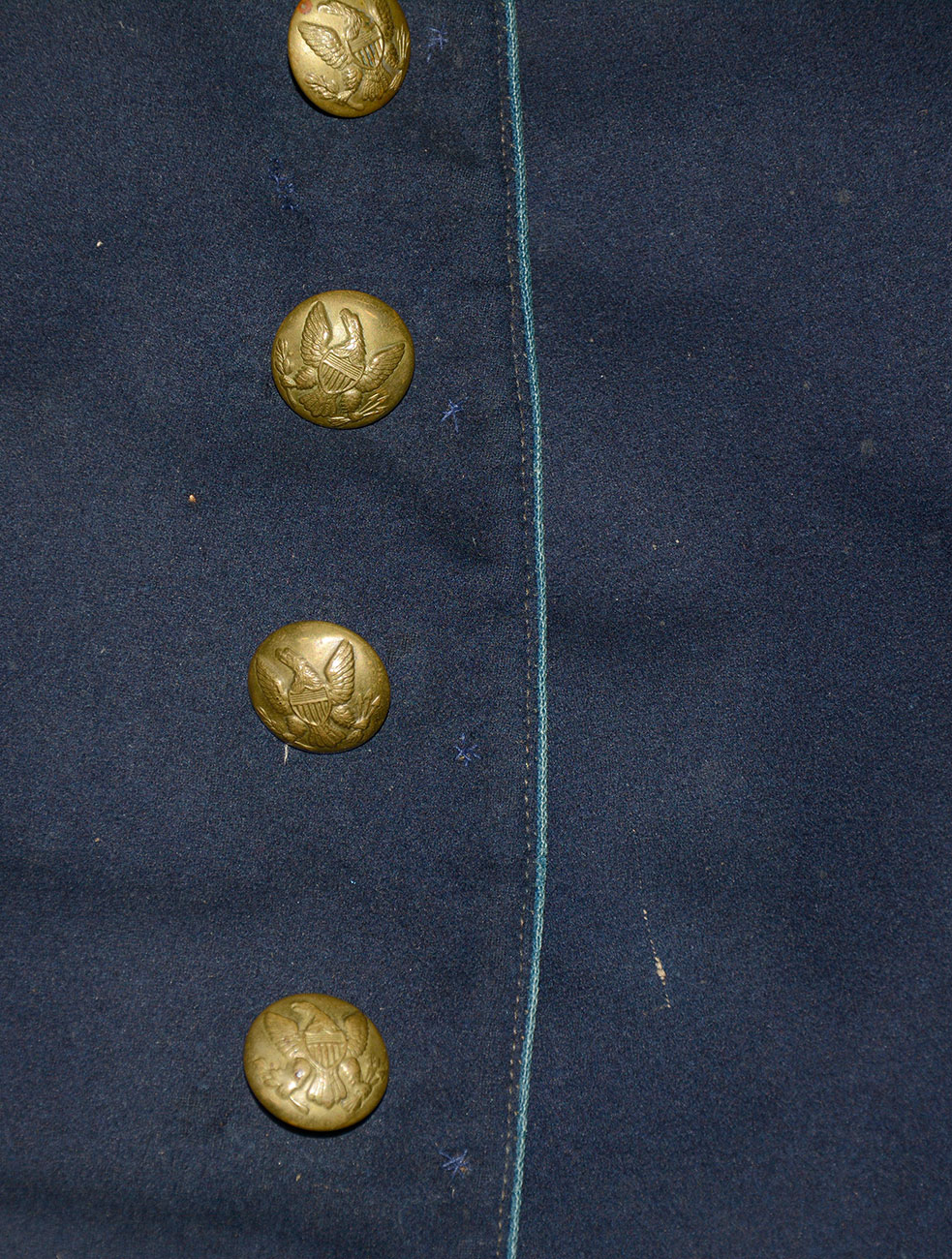
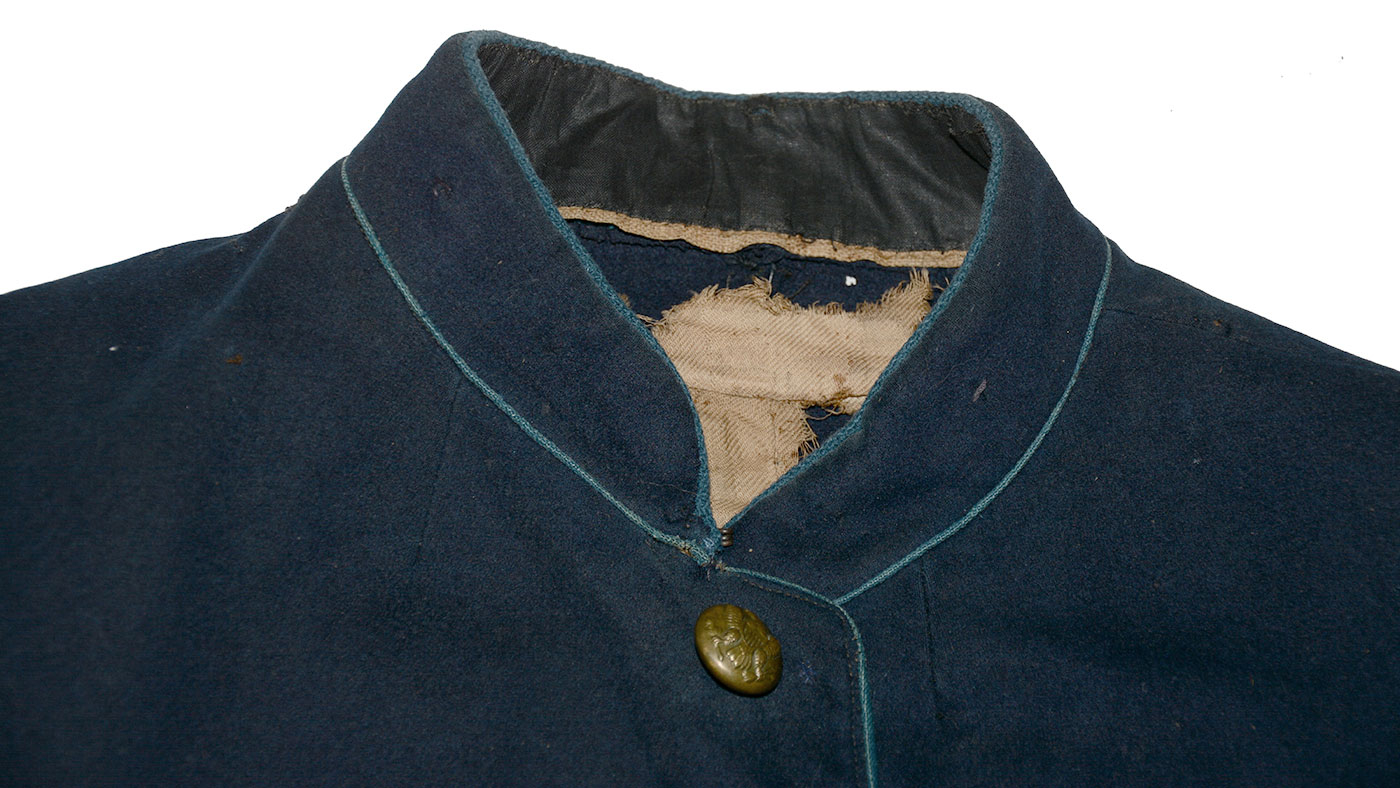
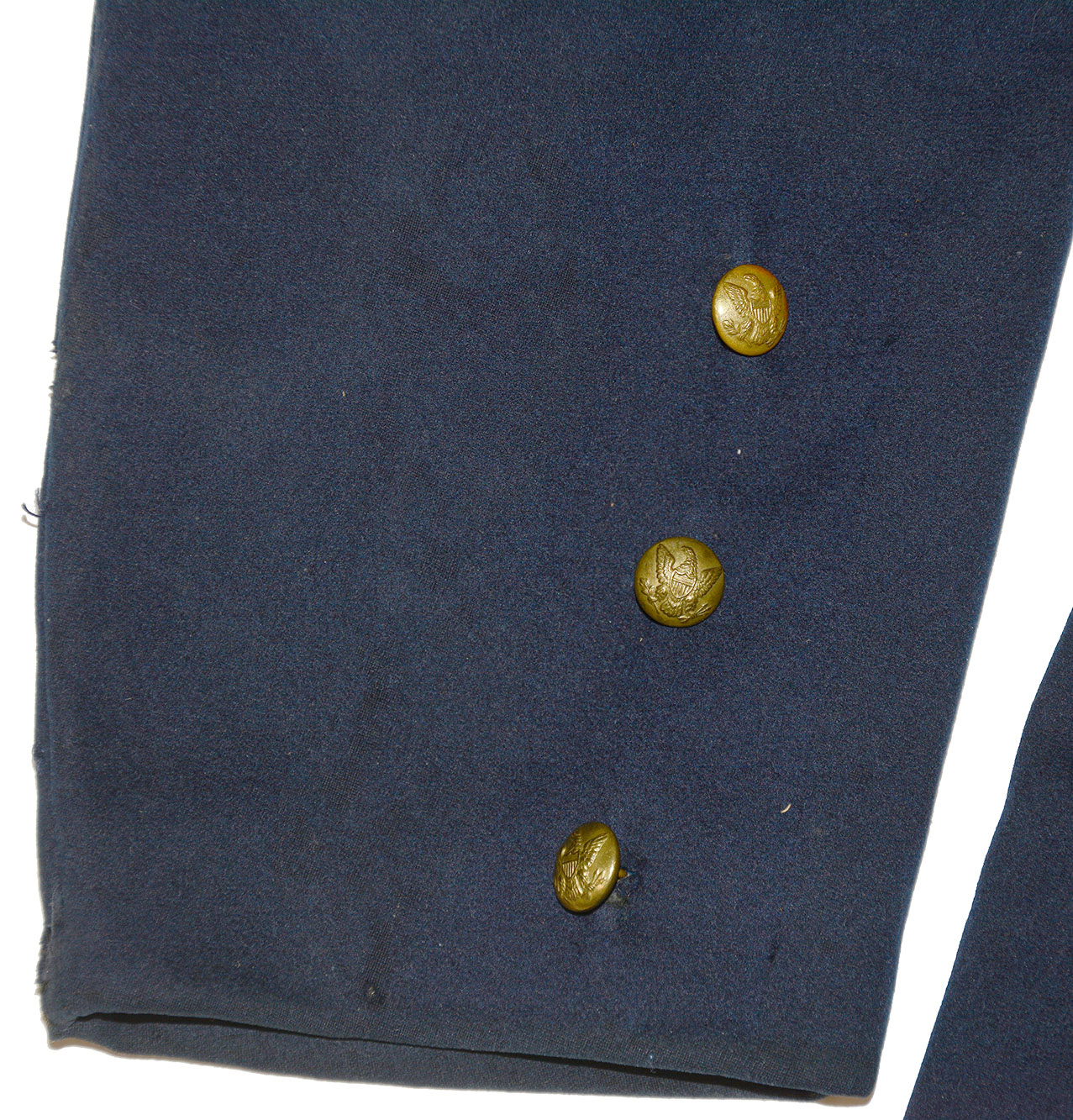
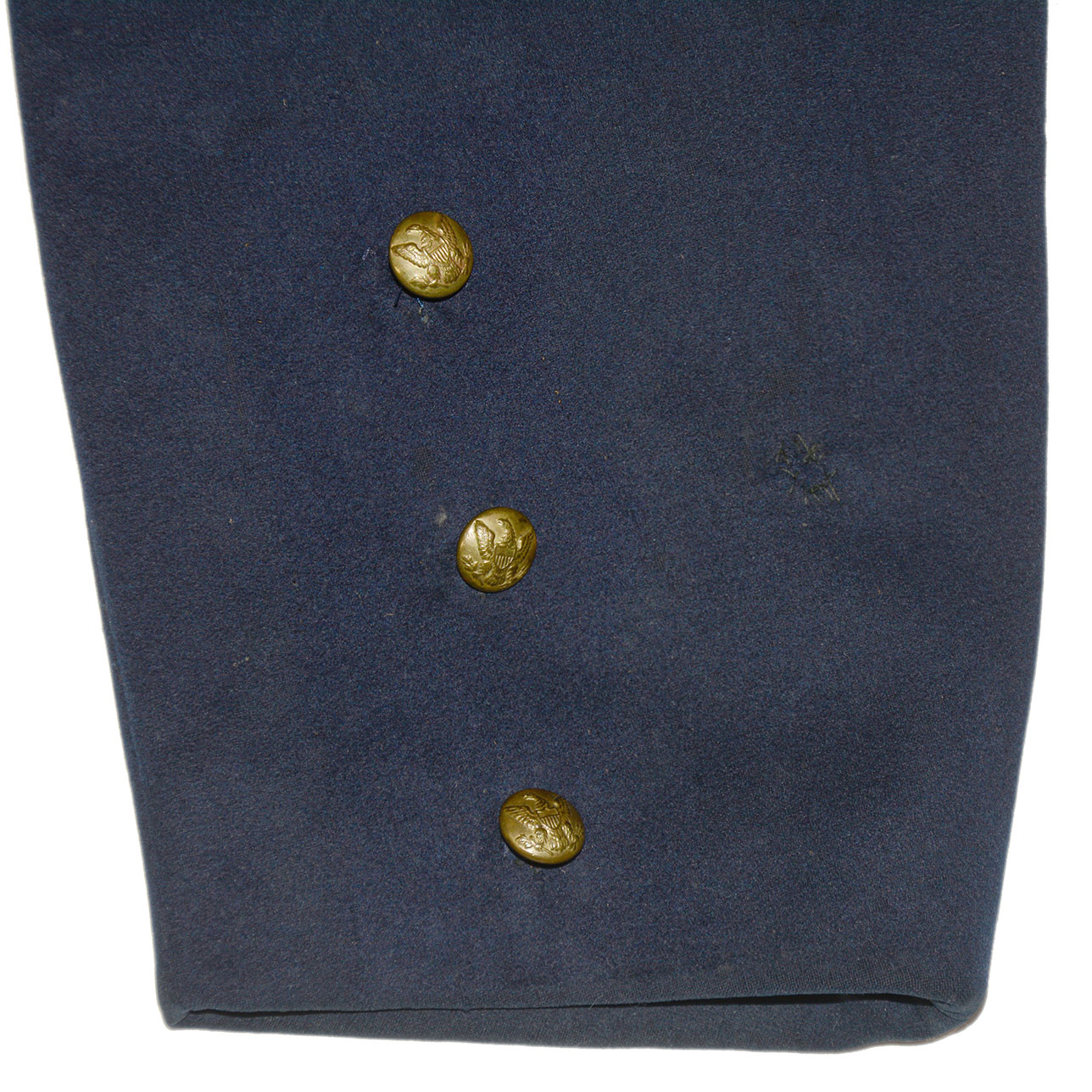
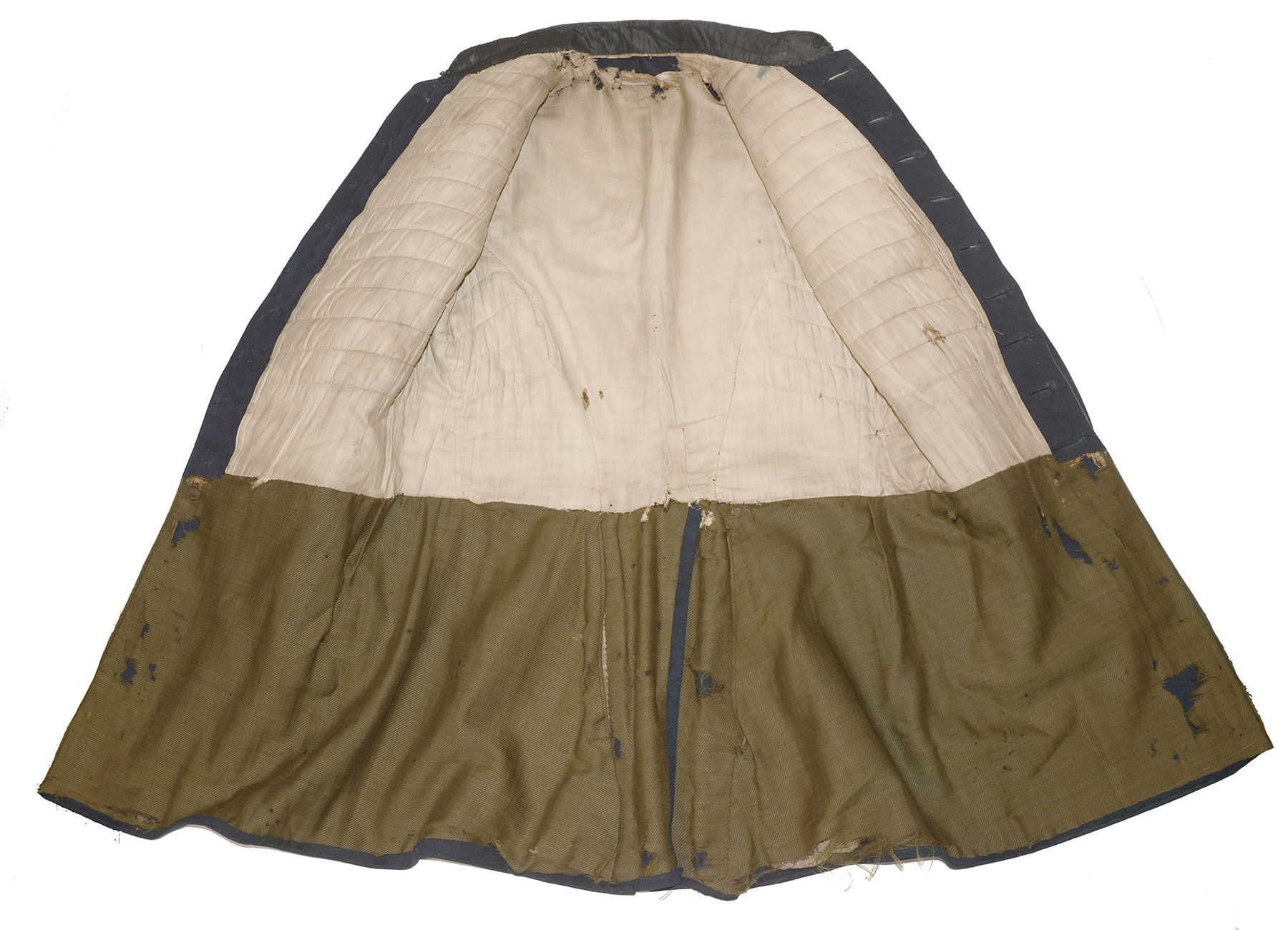
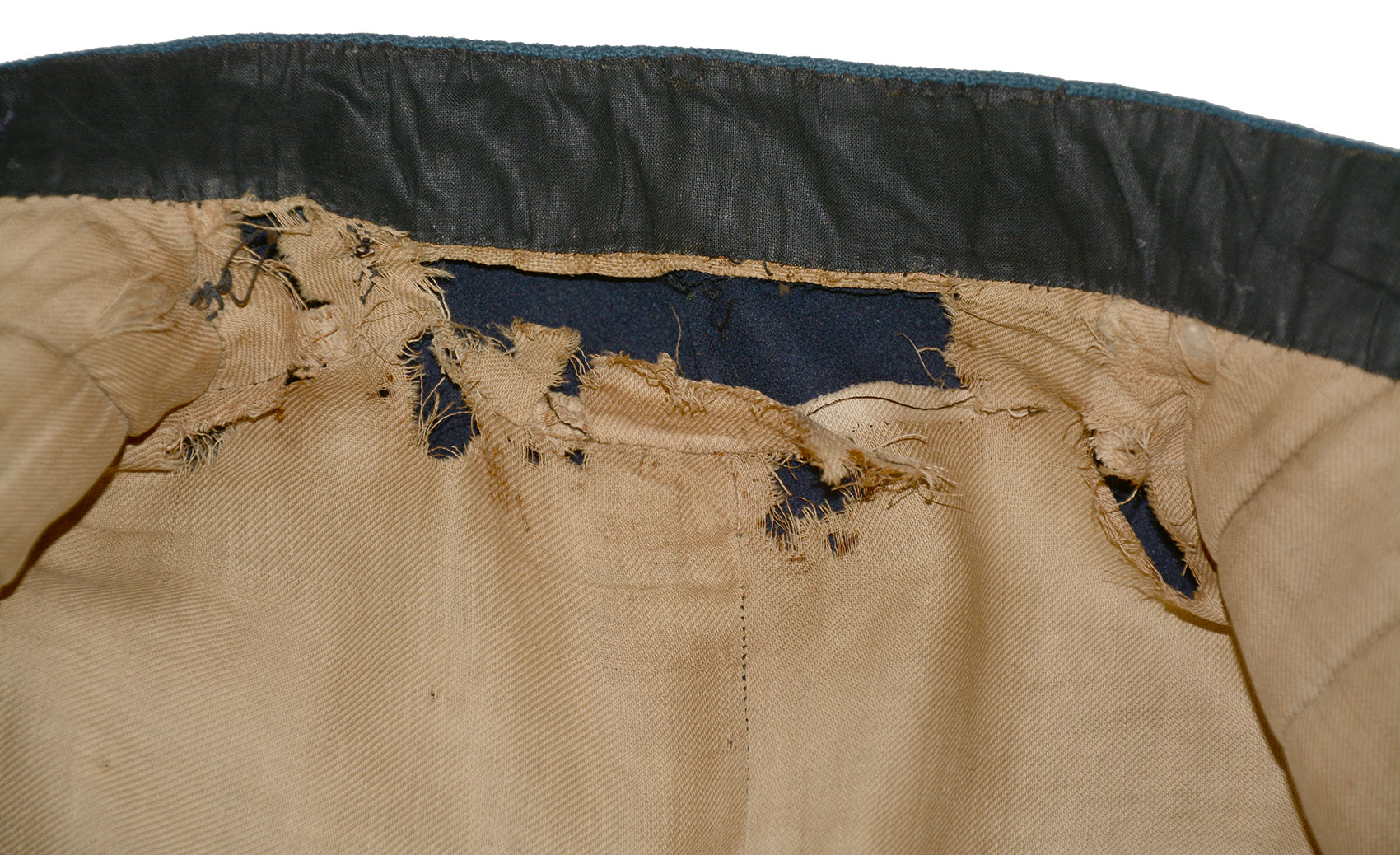
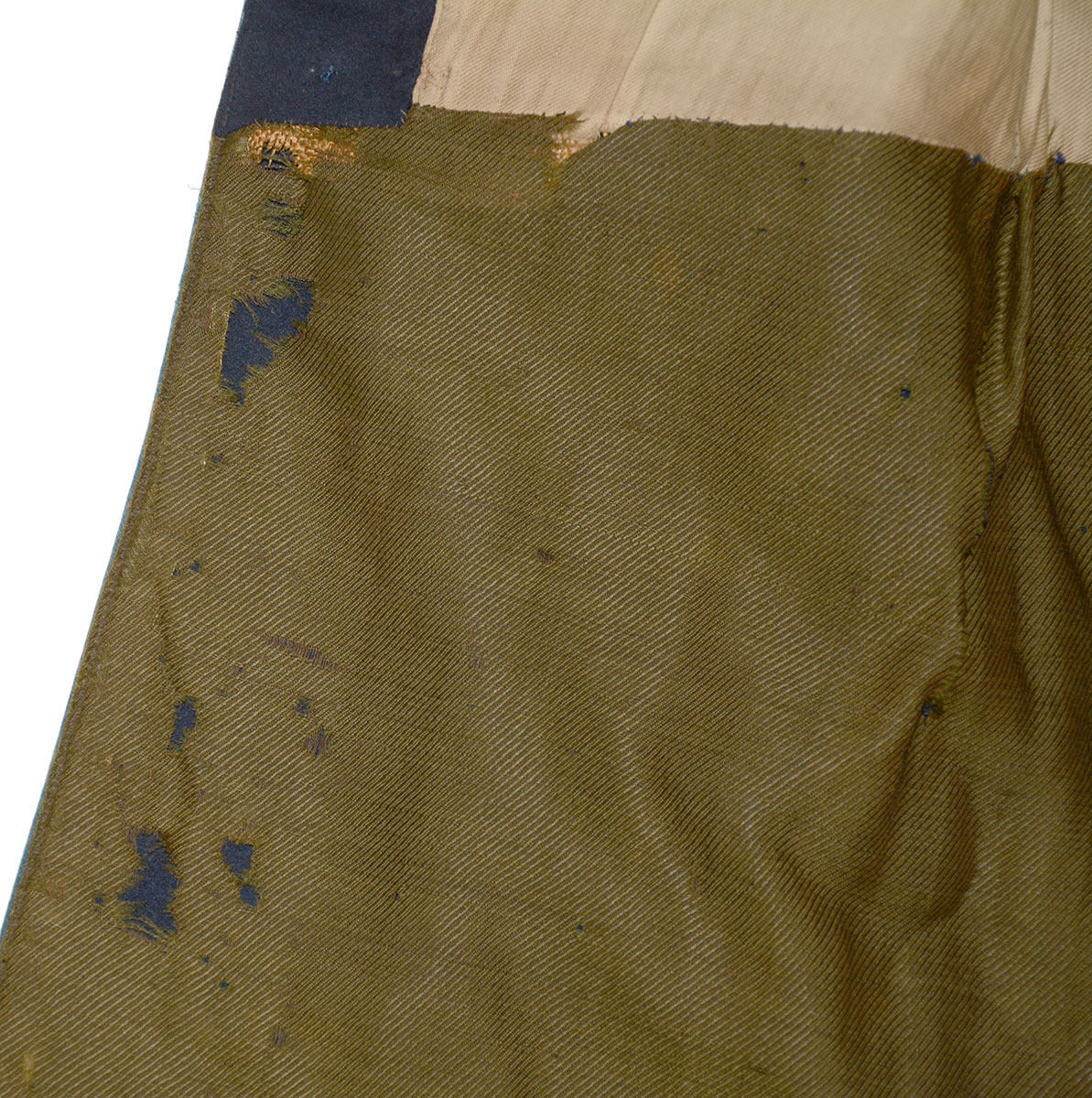
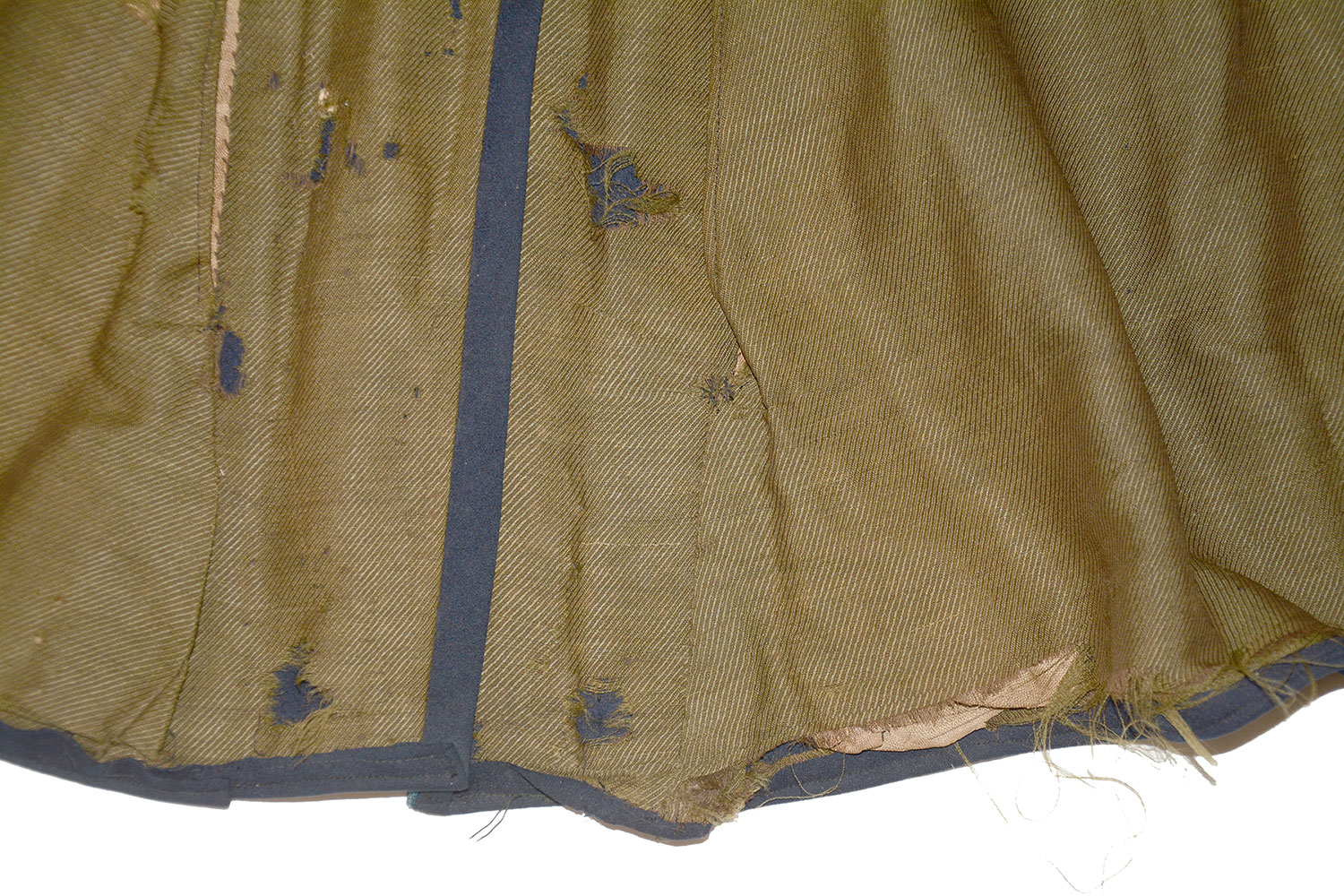


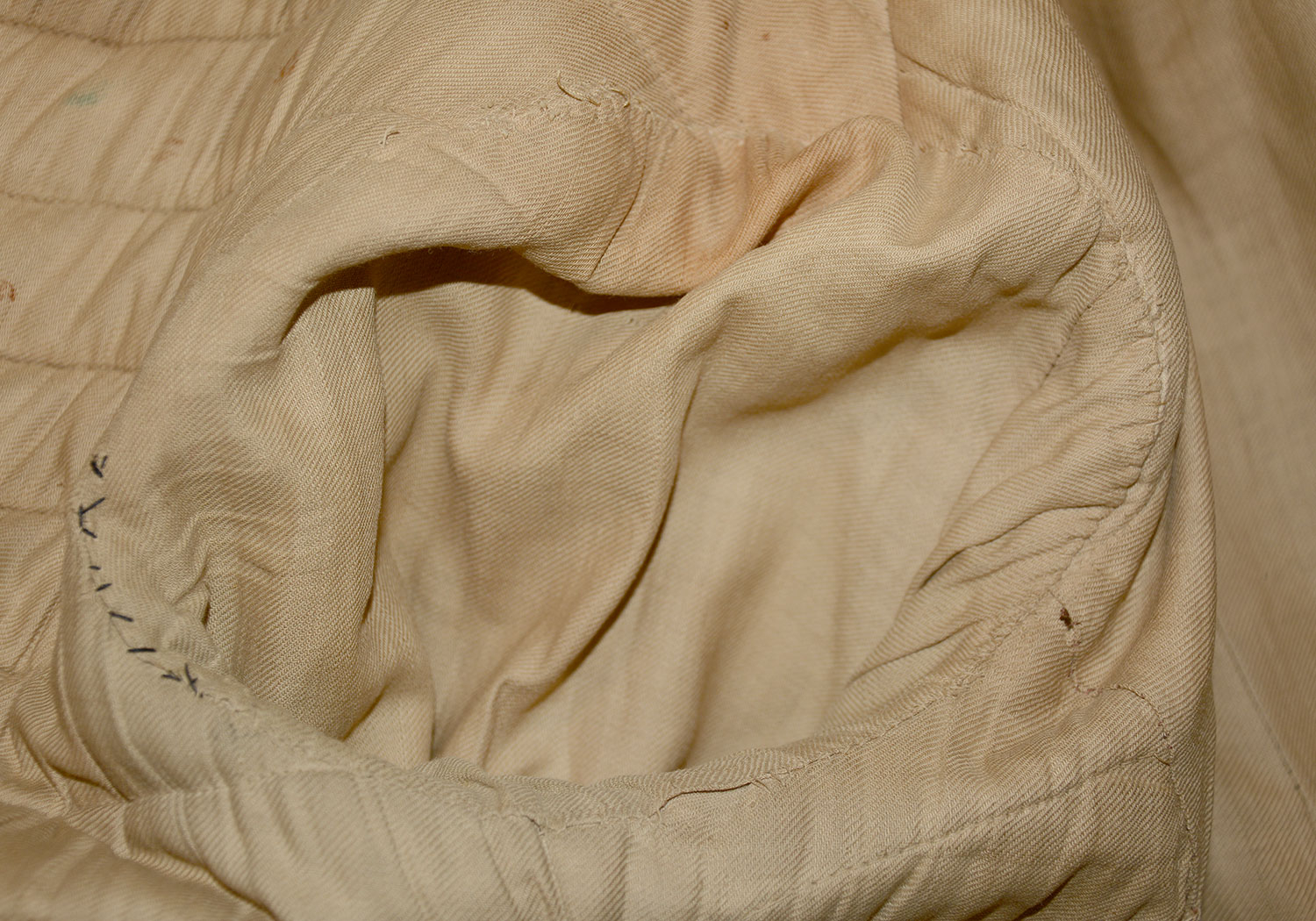
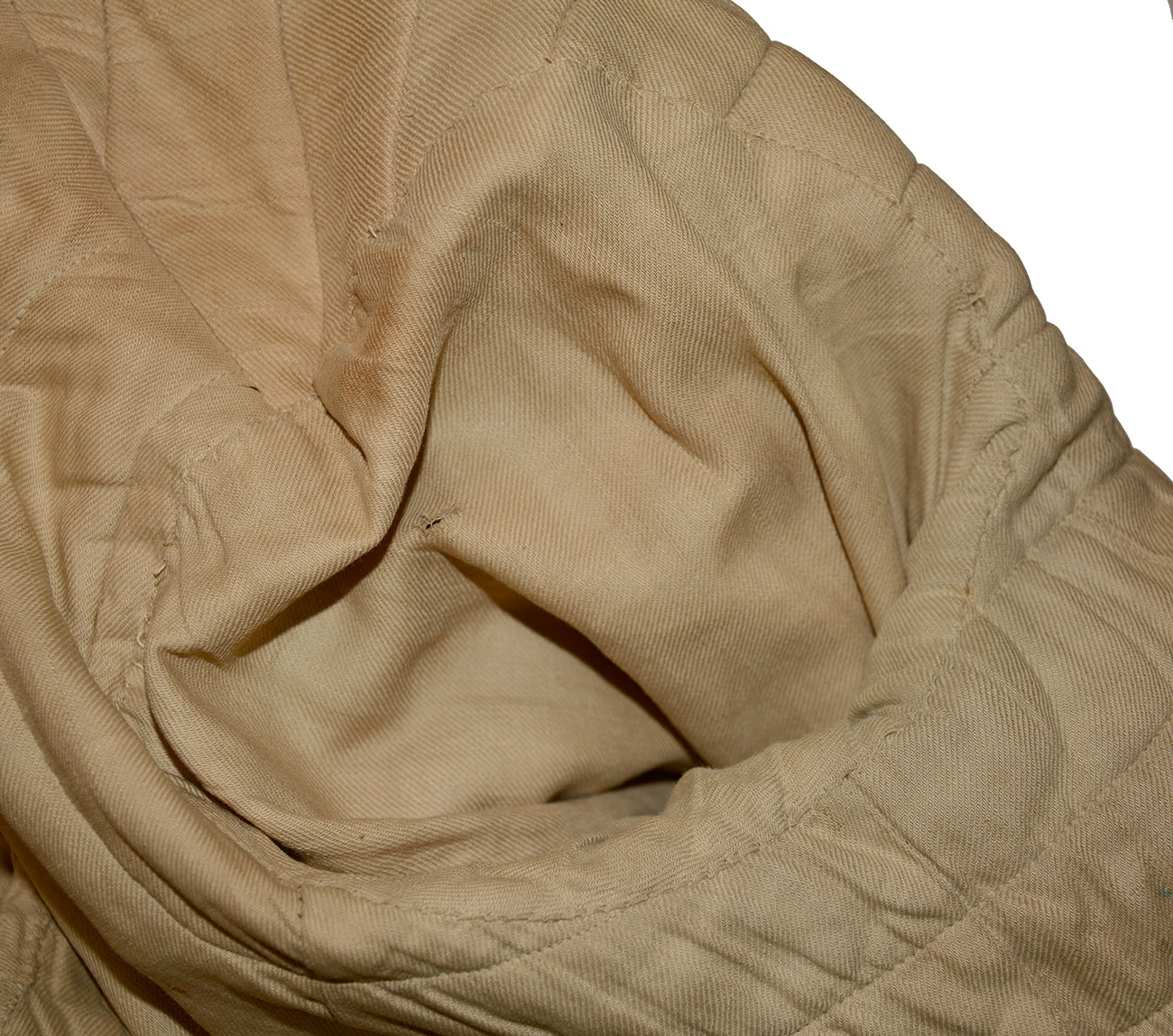
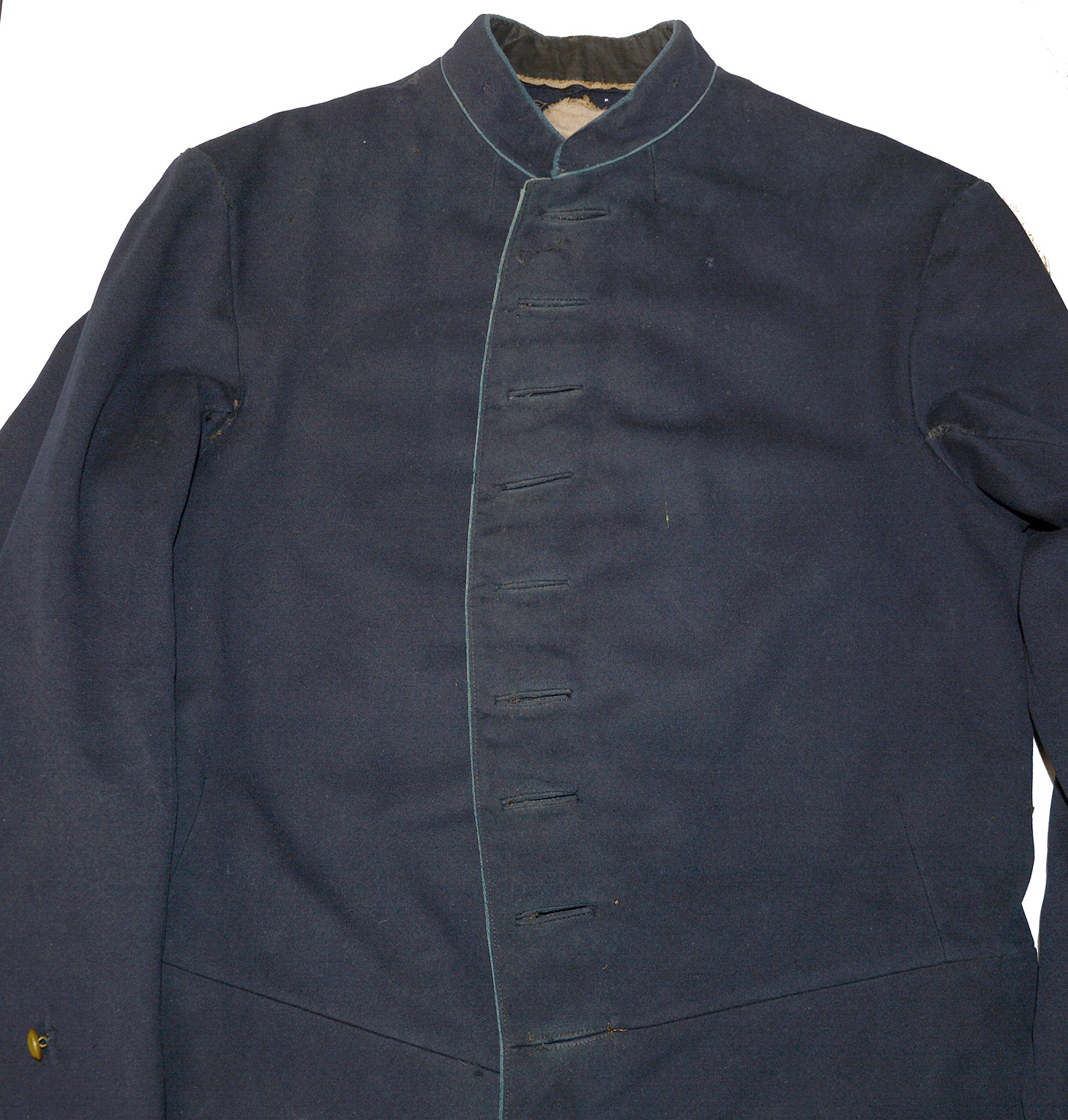
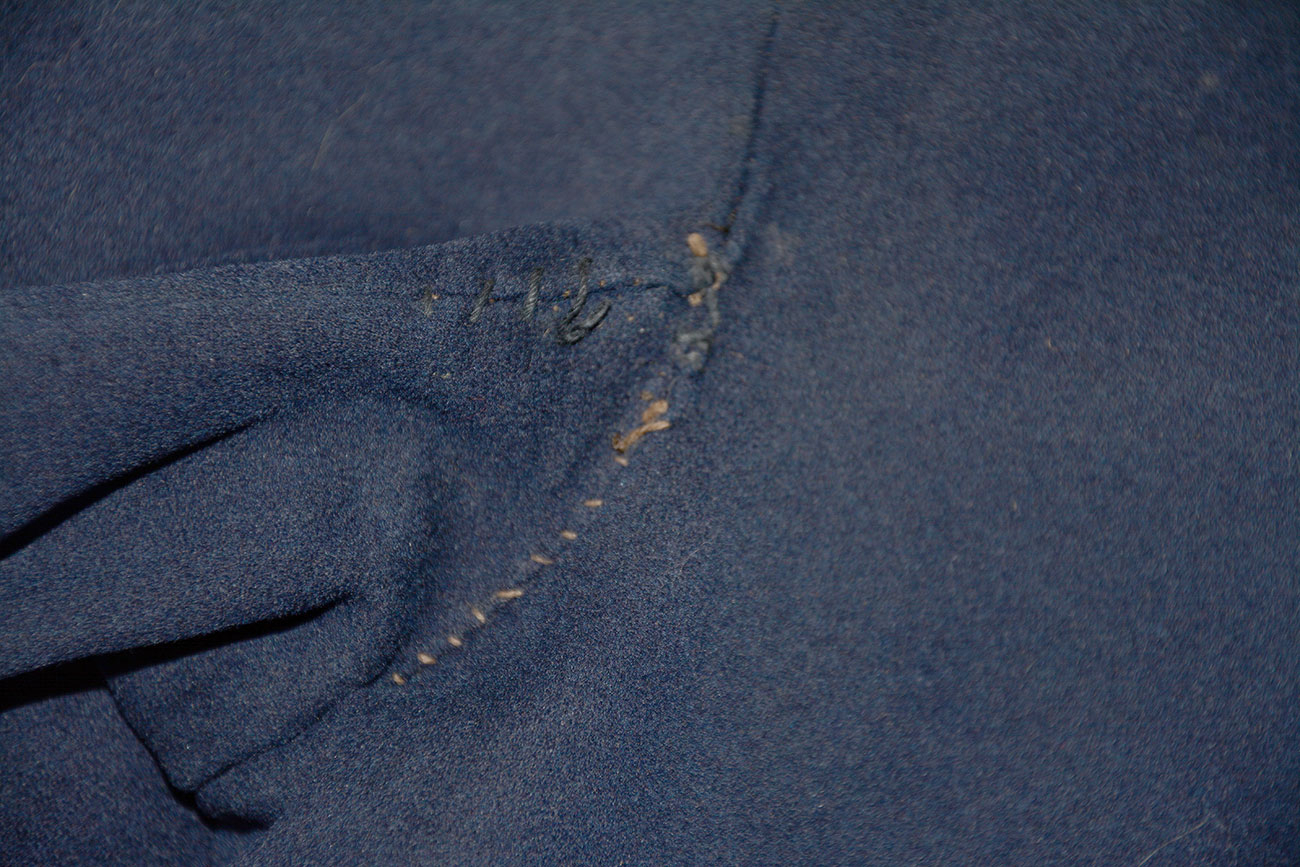
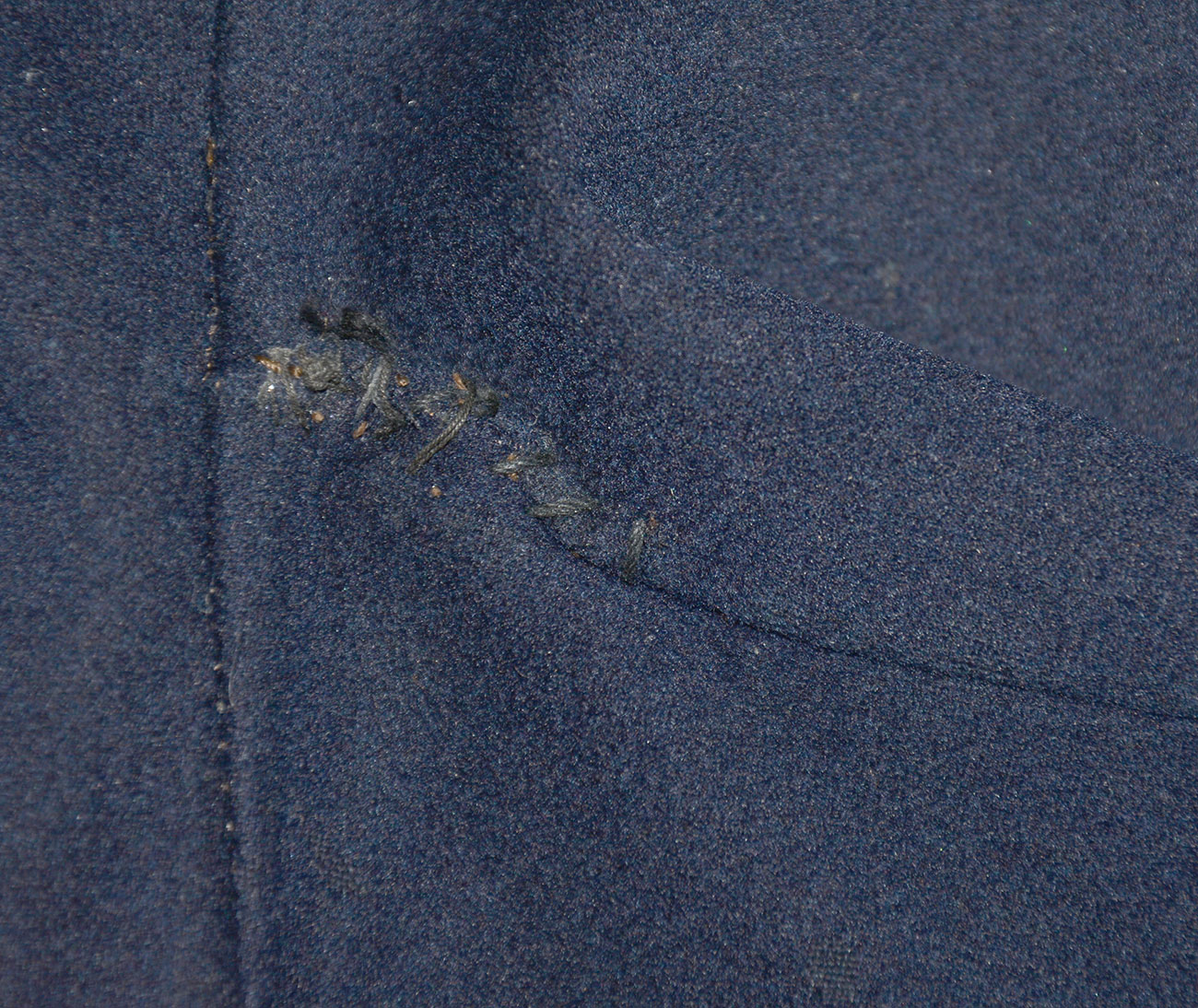
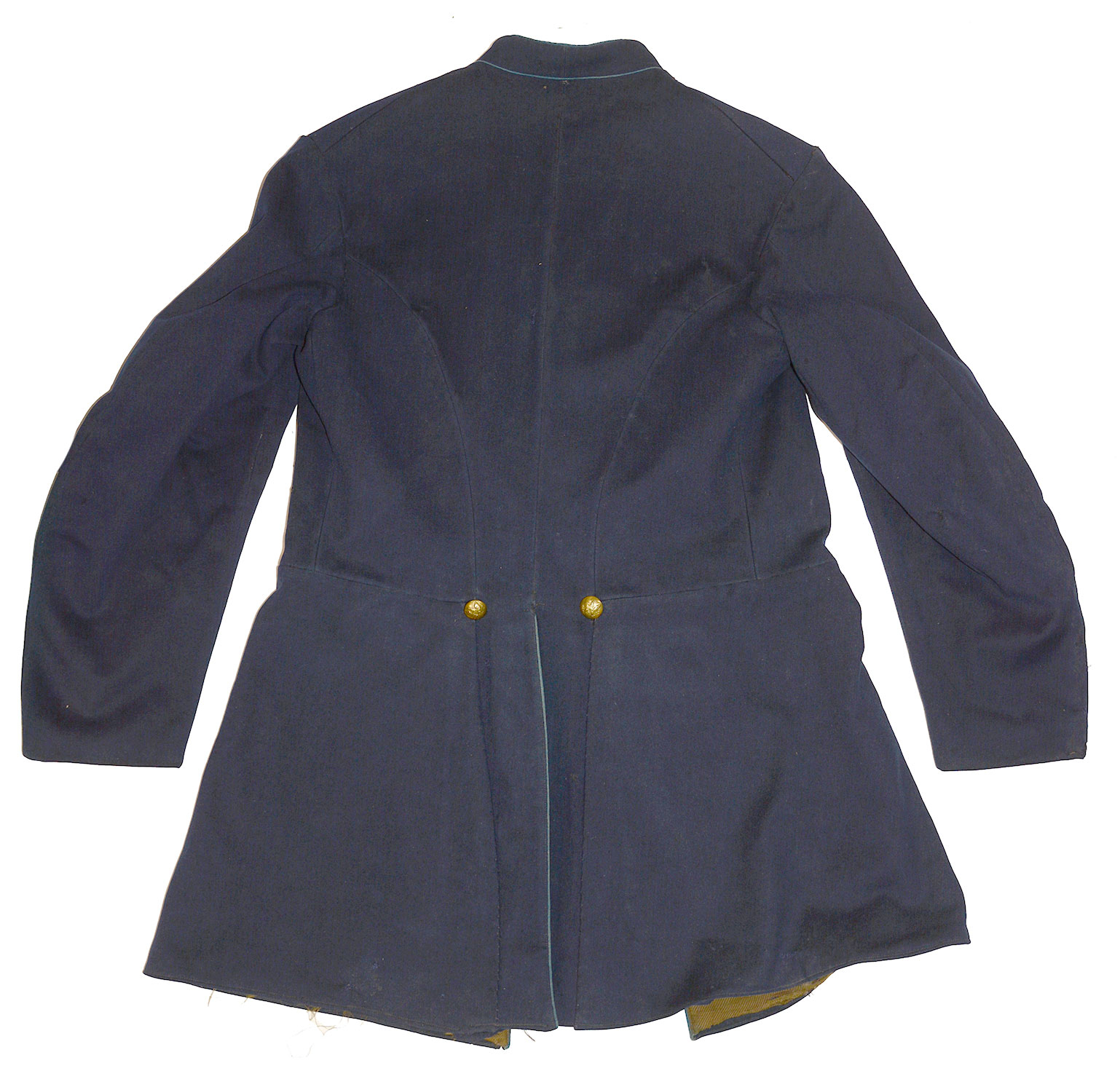

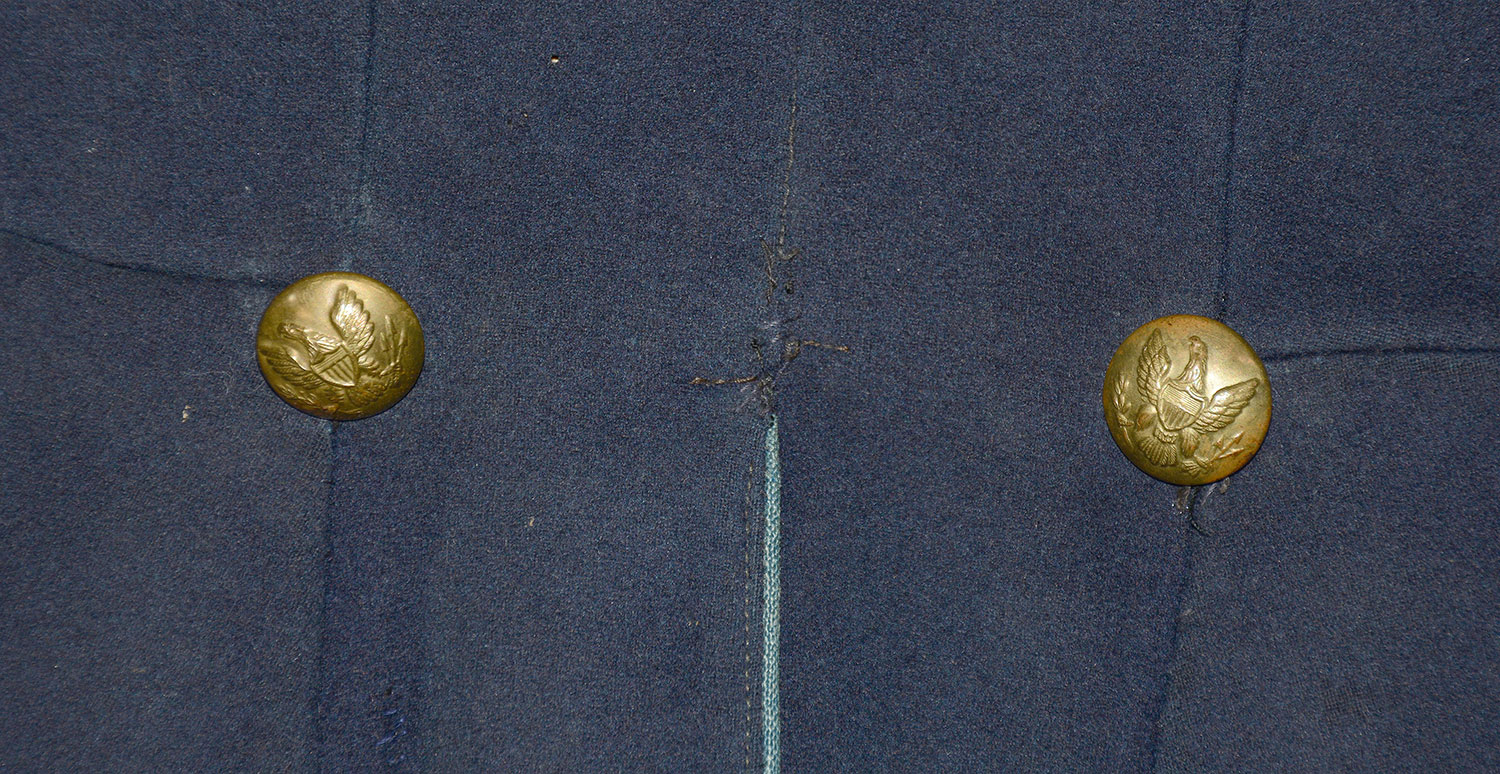
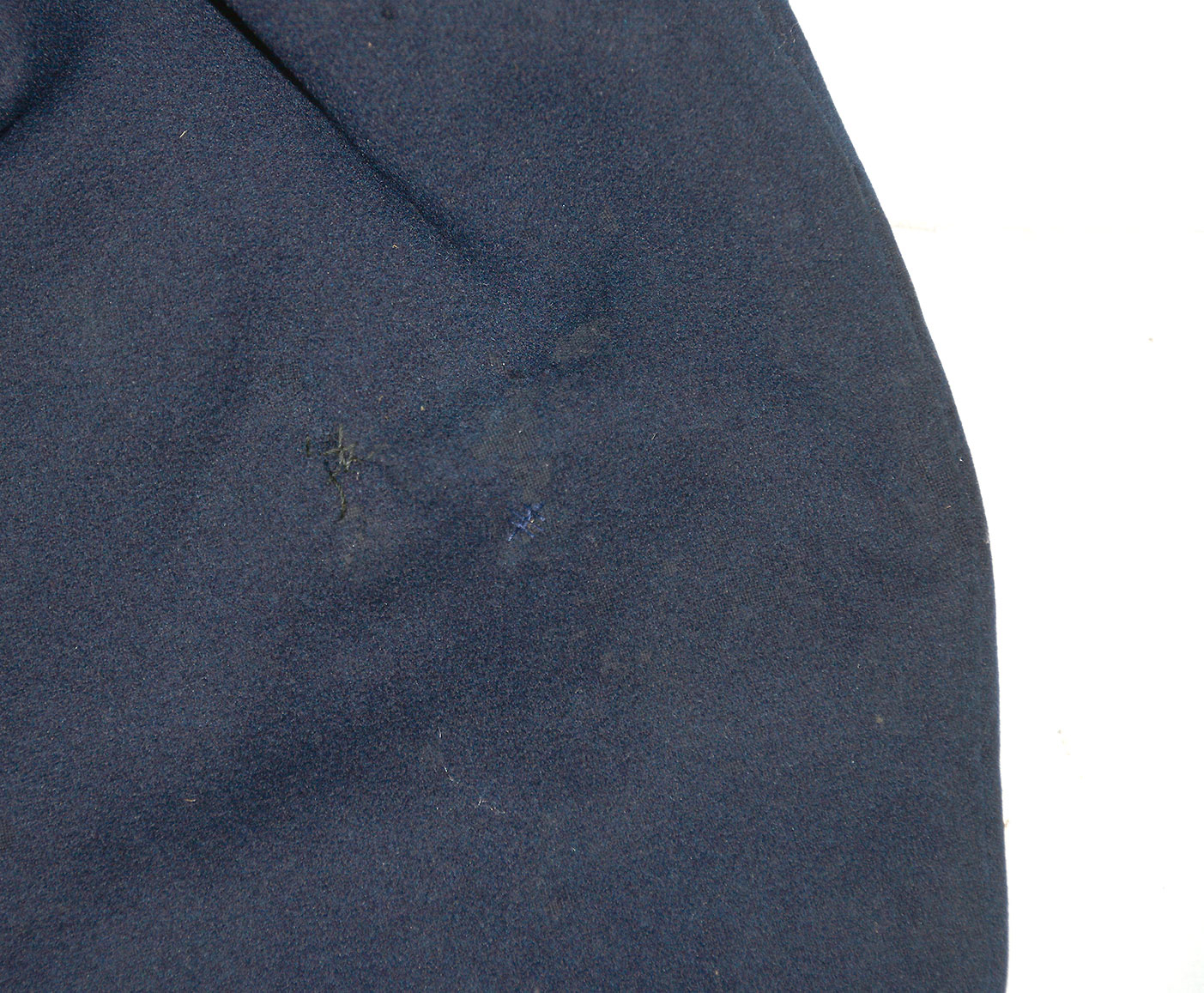
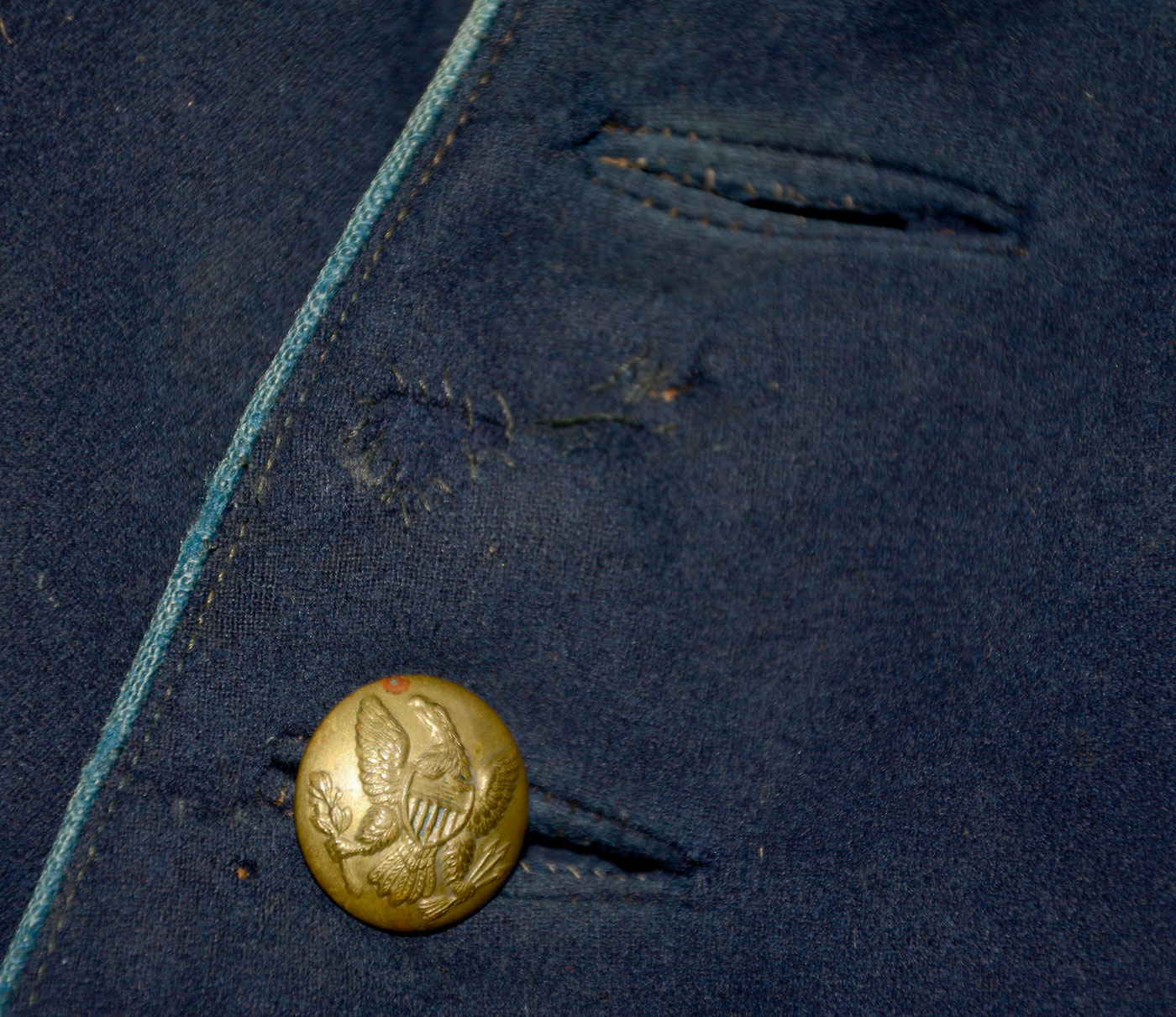
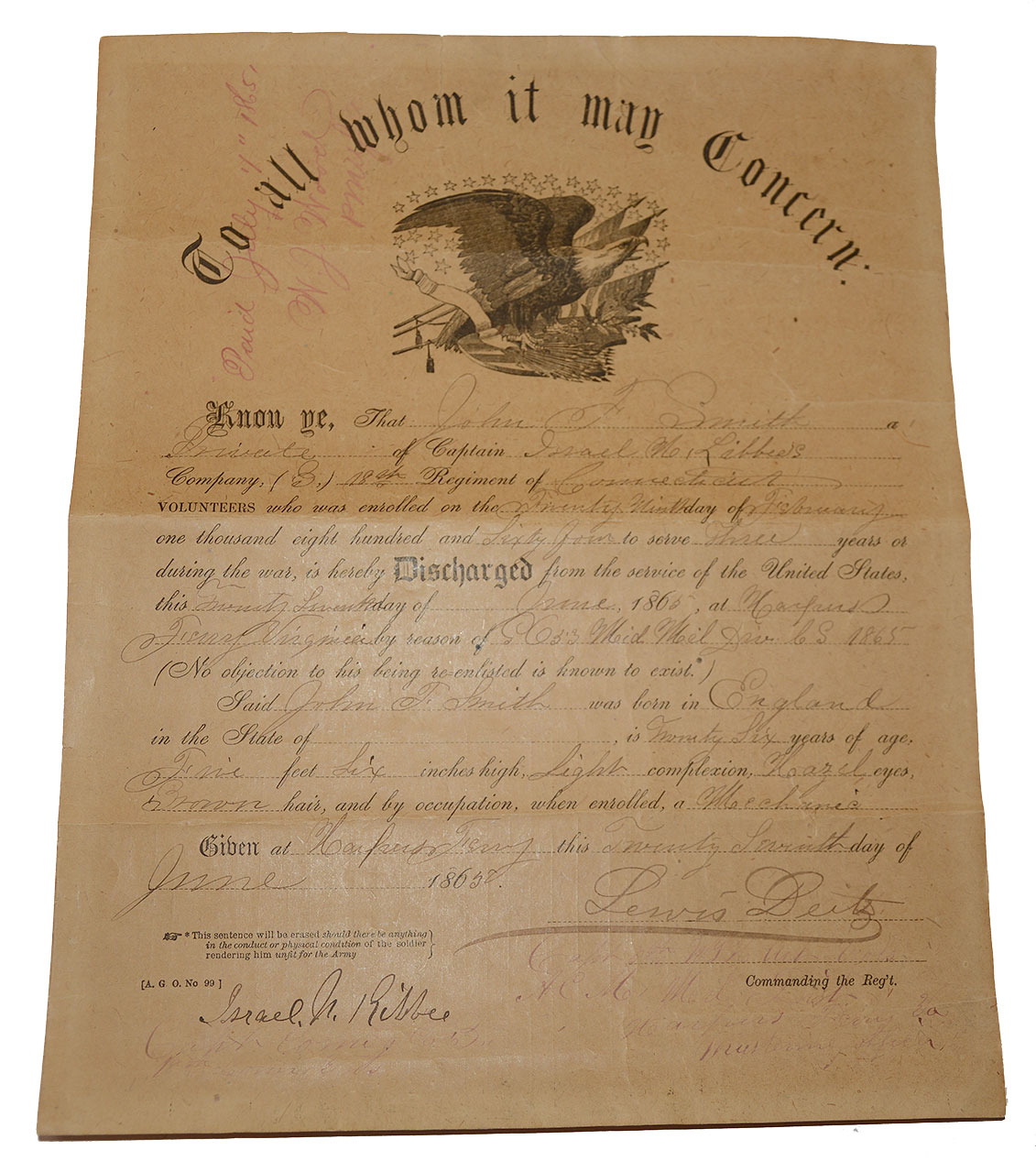
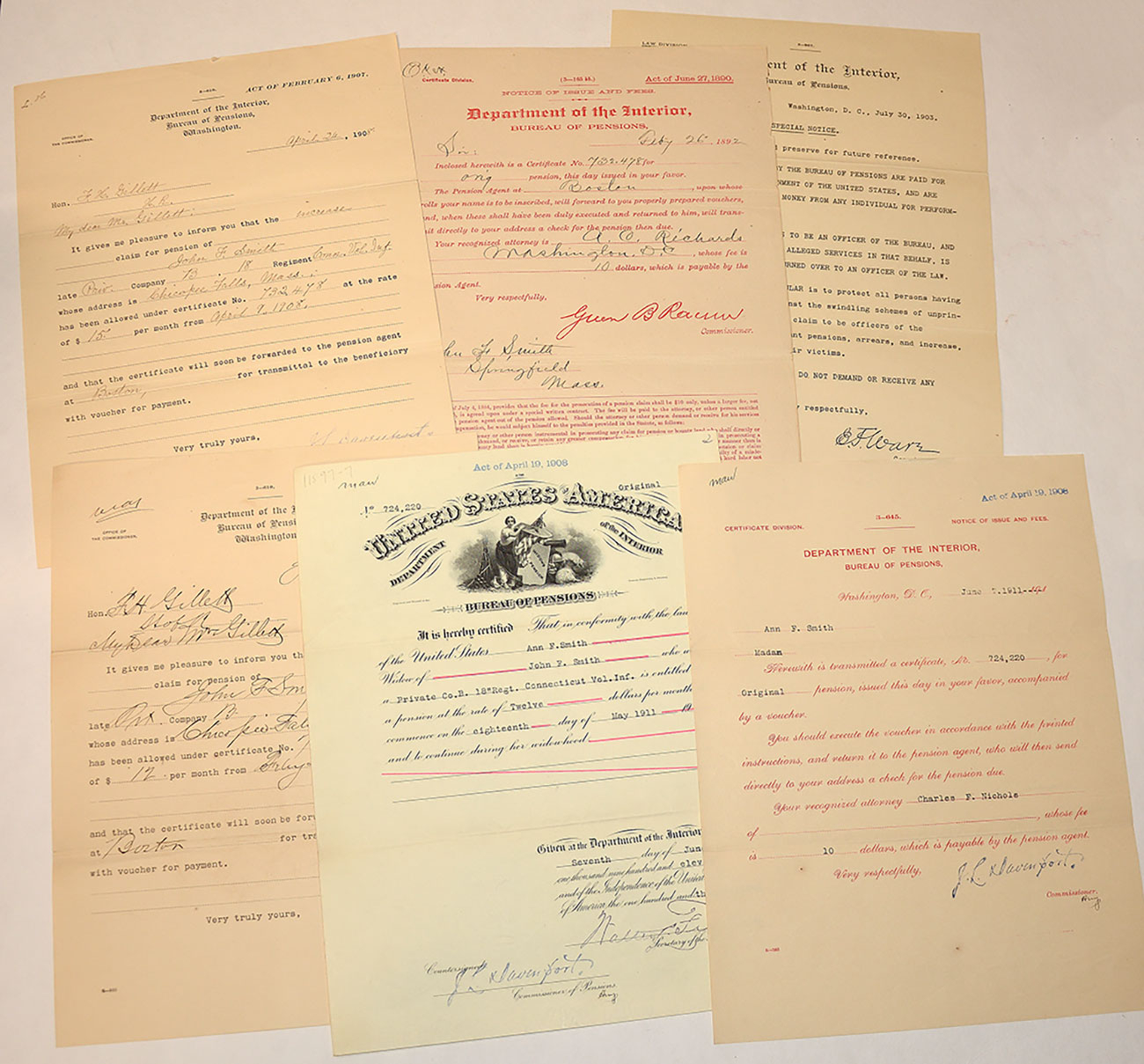
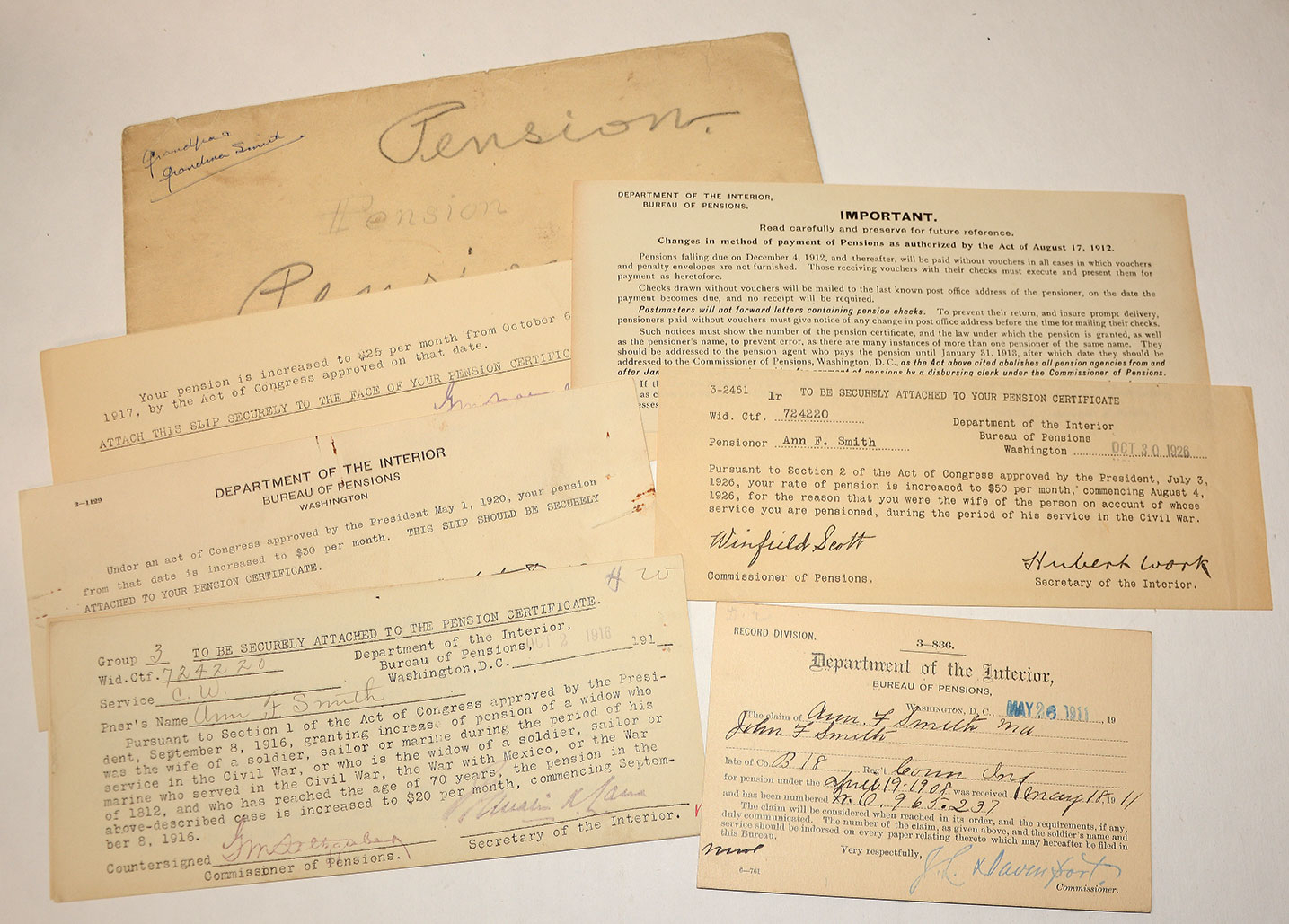
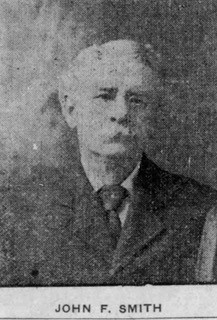
$5,500.00 SOLD
Quantity Available: None
Item Code: 1268-263
This is a very good condition Union infantry enlisted man’s frock coat worn and preserved by John F. Smith, Co. B, 18th Connecticut Vol. Infantry who saw action with the regiment during their 1864 service in the Shenandoah. It comes with his Civil War discharge and a small group of pension papers, and was most recently on display at the Texas Civil War Museum. The coat closely follows US regulations, but has some slight variations in trim and shows the better quality noted in some Connecticut uniforms that were made on contract for the state and issued to its troops by the state acting as agent for the Federal government at least to 1864, when Smith signed up. Uniforms of Connecticut volunteers are noted by Todd (US Mil. Equipage) as closely following US Army regulations, though often with “a few minor distinctions” and greater formality in appearance.
The coat is regulation with a nine-button front and two buttons on the rear waist (all buttons are US general service eagle buttons,) but the cuffs are non-functional and trimmed with three rather than two small buttons. The standing collar is piped along the top, front and bottom edge as usual in light blue the branch of service color for infantry, but the cuffs omit the usual pointed piping and instead both lapels are also piped in light blue, as is the rear vent of the skirts, areas left plain in the fully regulation federal issue enlisted frock coat. The interior shows better quality as well. It is fully lined rather than just in the chest, sides and sleeves. The inside of the collar is lined with a soft black fabric, the upper body is fully lined in white (now cream color) fabric, rather than just in the chest and sides, with the chest and sides quilted, and the skirts also fully lined, using a brownish-green fabric, similar in look to an officer’s frock coat, but of coarser fabric and weave, though we note the bottom is also hemmed. The sleeves have a simple white lining, like a regulation coat, and there is a single pocket in the left breast, again like a regulation pattern coat. The tails also have two pockets, but concealed by the lining and opening to the inside.
We see practically no moth damage- one or two pencil-points spots and one ¼” hole between the first and second buttonholes that has been backed with matching fabric and is hard to spot. At the base of the collar the small wire hook is in place, but the corresponding eye is gone. The lengthwise sleeve seam at the front of either armpits shows some period restitching. The lining below the collar, along the upper back, a natural point of wear, shows some holes- four about ½” to 1” and a strip about 1” by 5” with frayed edges, but the fabric is stable. The rest of the body lining is very good, showing just a couple of small stains, a short bit of restitching to the seam of the right arm pit, and some wear at lower center back at the waist, just above the beginning of the skirt lining. The skirt lining shows more wear, which is natural from movement by the soldier and looser weave of the cloth, and shows mainly along the front edges of the skirts, a half-dozen on either side, the largest being about 1” square, with some others along the sides of the vent, and some holes and shredding along the bottom edge of the lining. The skirt lining, however, is largely intact, none of the wear, which is natural in an issued and worn coat, shows on the exterior, and none affects the integrity or stability of the garment. It was clearly well cared for by him, and by his family.
Born in England Nov. 11, 1937, Smith was brought to the US by his parents about 1845, with the family found in Thompson, CT, in the 1850 census. He took up his father’s profession as weaver, married in September 1860 and in 1864, at age 26, enlisted in army, listing his occupation simply as “mechanic,” mustering into Co. B of the 18th Connecticut as private, to serve three years, on Feb. 29, 1864, and was credited to the town of Killingly, likely receiving a bounty.
The regiment had been organized in August 1862 and initially posted to Baltimore. In early 1863, however, it was attached to the 8th Corps and then the Department of West Virginia, and experienced heavy fighting as part of Milroy’s command in the Battle of Winchester, June 13-15, where it earned praise for its performance, losing 23 killed and 42 wounded, by CWData’s count, in three separate charges, but was for the most part captured in the surrender of the command, officially paroled on July 2, and not exchanged until October 1. From that point until March 1864, when Smith joined them, the regiment (both those not captured and those exchanged) had been on provost duty at Hagerstown, MD, and Martinsburg, VA. Smith’s records list him as present on all company muster rolls from March through August 1864, then detached for duty with the ambulance corps from September through December, and then back in ranks with the company until muster out at Harpers Ferry on June 27, 1865.
During Smith’s service with the regiment and presence in the company on the muster rolls, they were credited by the state with the following engagements:
Newmarket, Va., May 15, 1864.
Harrisonburg, Va., June 3, 1864.
Piedmont, Va., June 5, 1864.
Lexington, Va., June 11, 1864.
Buchanan, Va., June 14, 1864.
Liberty, Va., June 16, 1864.
Quaker Church, Va., June 17, 1864.
Lynchburg, Va., June 18, 1864.
Salem, Va., June 21, 1864.
Hedgeville, Va., July 10, 1864.
Snicker's Ford, Va., July 18, 1864.
Kearnstown, Va., July 23, 1864.
Winchester, Va., July 24, 1864.
Martinsburg, Va., July 25, 1864.
Cedar Creek, Va., Aug. 12, 1864.
Stony Point and Middletown, Va., Aug. 11-12, 1864.
Hupp's Hill, Va., Aug. 13, 1864.
Opequon, Va., Aug. 21, 1864.
Halltown and Charlestown, Va., Aug. 22-26, 1864.
Among losses suffered in these engagements were 51 killed and wounded at New Market; 127 in killed and wounded, with all the color-guard wounded but one, at Piedmont; and 32 in killed and wounded out of just 150 in the ranks at Snicker’s Ford. According to their own short regimental history in the Connecticut records, they actually seen their last fighting at Berryville on September 5. Their 1885 regimental history is available online for an in-depth appreciation of the regiment. Interestingly, Smith was injured while on ambulance duty on October 19, 1864, the same day as “Sheridan’s Ride” and the Battle of Cedar Creek as he was proud to note. He was apparently mounted while detailed to the ambulance corps and received a rupture when thrown from his horse that day, something that did not disable him or remove him from duty, but did require bandaging and was included in his pension documents.
After the war, Smith returned to Thompson, CT, and to the weaving industry. He and his wife eventually had two children and in 1883 moved to Chicopee, Mass, where he took a job as weaving foreman at the Chicopee Manufacturing Company. By 1908, however, he had changed occupations and opened a coal and wood business with a son-in-law. He was a member of the Otis Chapman G.A.R. Post in Chicopee. When he died March 10, 1911, his obituary noted that, “his stories of service under Gen. Sheridan being particularly relished by his fellow members of the G.A.R. post, and his host of friends.” Stories of service under Sigel and Hunter, involving defeats at New Market and Lynchburg, exhausting marches and some embarrassing retreats, were likely less interesting.
This coat displays very well, shows some interesting minor variations on the standard issue, and has an interesting history to boot. [sr][ph:L]
~~~~~~~~~~~~~~~~~~~~~~~~~~~~~~~~~~~
THIS ITEM, AS WITH ALL OTHER ITEMS AVAILABLE ON OUR WEB SITE,
MAY BE PURCHASED THROUGH OUR LAYAWAY PROGRAM.
CLICK HERE FOR OUR POLICIES AND TERMS.
THANK YOU!
Inquire About 18th CONNECTICUT IDENTIFIED ENLISTED INFANTRYMAN’S FROCK COAT WITH DISCHARGE, PENSION PAPERS, ETC.
Most Popular
Historical Firearms Stolen From The National Civil War Museum In Harrisburg, Pa »
Theft From Gravesite Of Gen. John Reynolds »
Selection Of Unframed Prints By Don Troiani »
Fine Condition Brass Infantry Bugle Insignia »
featured item
REGULATION CIVIL WAR US ARMY ISSUE BLANKET IN AMAZING CONDITION
These wool blankets were an essential piece of a Union soldier's gear. This one is full length and unaltered. It measures 66 inches wide by 80 inches in length. The ends are finished on the sides, and they are basted over 1/2 inch on the long ends to… (2025-1850). Learn More »


